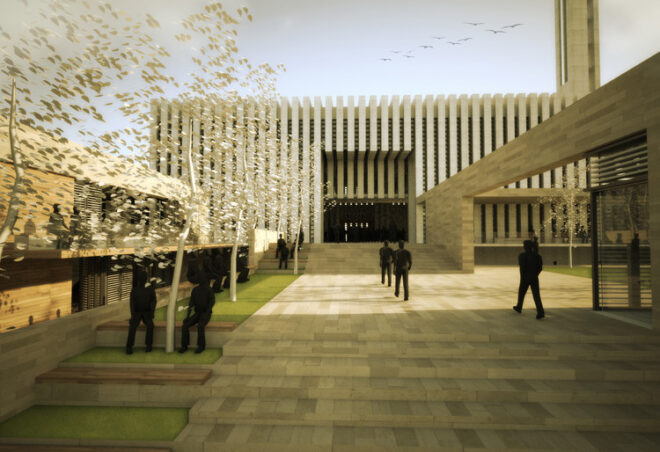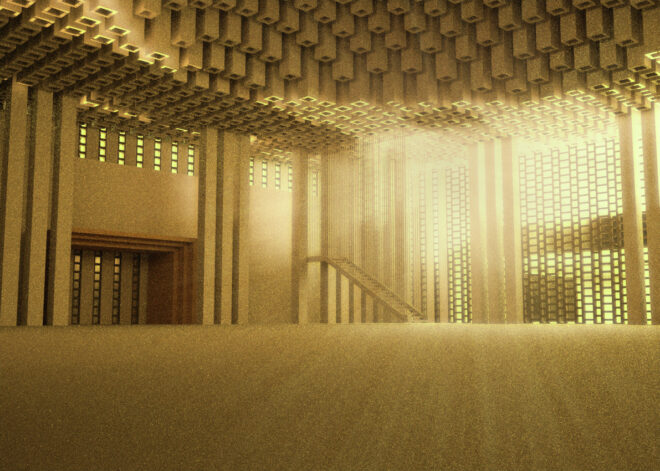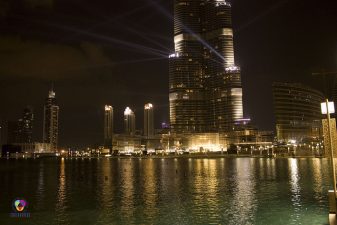Winner of Chicago-based contest, could this be the world’s greenest mosque?
That nature and religion make good green fellows has recently been the source of much media emphasis. Since appealing to the public’s rational mind (the planet is burning up, shouldn’t we adjust our behavior accordingly?) has been wildly ineffective, then perhaps a more God-fearing approach is more appropriate (use less water because the Bible/Torah/Quran told you so).
Such an emphasis has produced creative results, including the Green Mosque, which was awarded Best Freestanding Religious Structure in the Faith in Place competition. By combining passive design and sourcing local materials, while also prioritizing community-building, Onat Oktem, Ziya Imren, Zeynep Oktem, and Uri Tzarnotzky have designed a mosque so green, it must have been ordained from above.


Mimicking historical examples of mosques, the designers sought to create a space that transcended worship, that also nurtures a giving community spirit. As such, they incorporated a library, education center, lecture halls, and a soup kitchen. The traditional ablution space and and prayer area were set aside to ensure privacy.
Most of the materials used were sourced locally and/or contain recycled content. Care was also taken to use paints and adhesives that had a low chemical output, thereby reducing emissions. The dome is constructed with solar thermal panels that are used to heat water, and three roofs have been covered in a green blanket that provides insulation while also improving air quality in an urban environment.
Since mosques are among the most water-intensive structures, the Green Mosque will collect, purify, and recycle water used in ablution rituals. Most of this water will be used to irrigate (very efficiently, with drip irrigation) a vegetable garden that will produce food to serve in the soup-kitchen.
In a final stroke of eco-friendly genius, the group of designers have ensured even more water efficiency by designing low flow toilets, waterless urinals, and water collection facilities.





